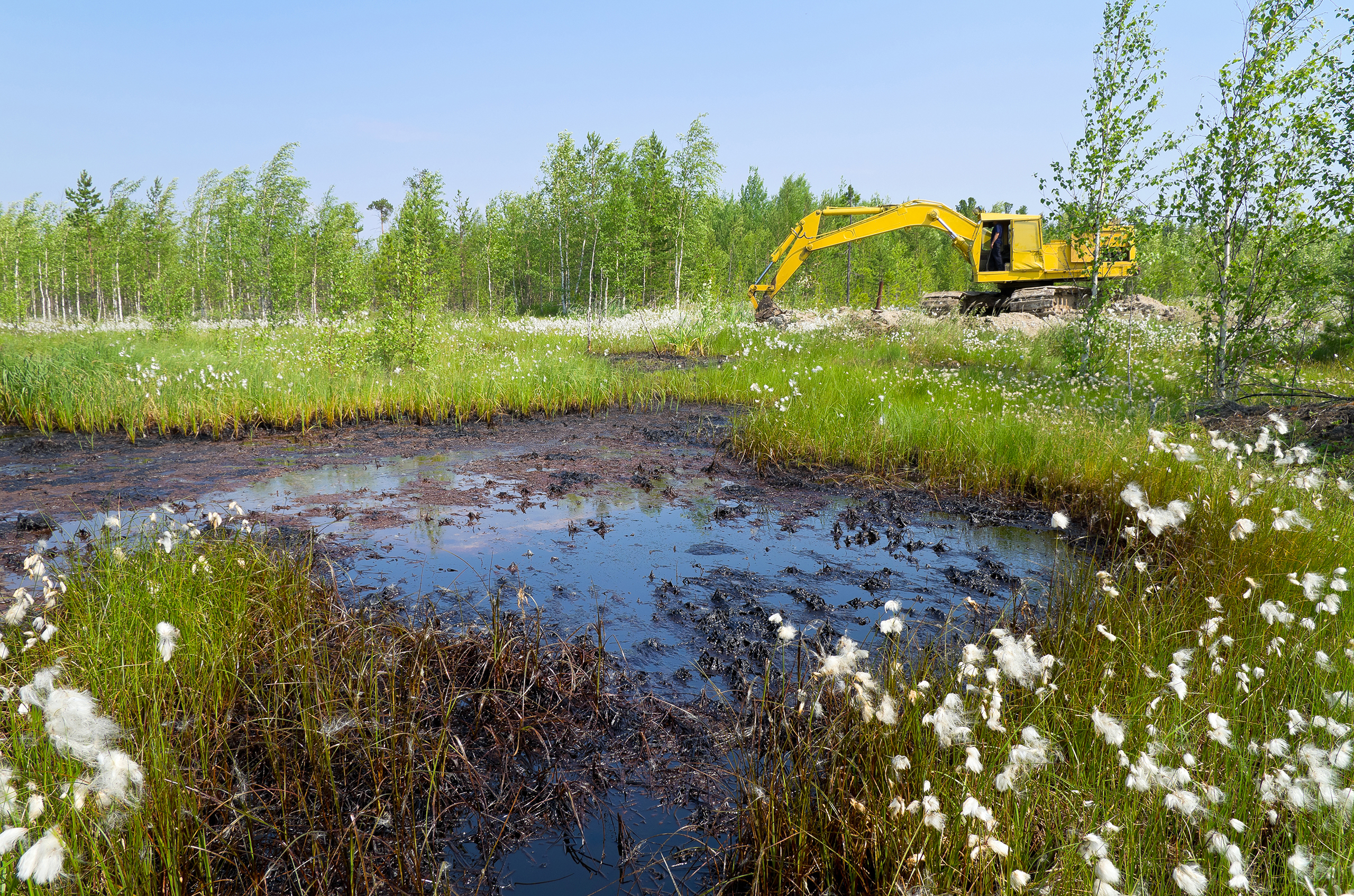What is environmental remediation?

Even though environmental remediation is a vital process that cleans up harmful environmental contamination, it’s not something that most people know much about. That being said, it’s an incredibly important process that helps keep the planet and its people safe.
Let’s break down what environmental remediation is, common examples of environmental remediation, and more.
What is Environmental Remediation?
Environmental remediation is the process of cleaning up harmful environmental contamination. This can be done through a variety of methods, such as soil excavation, soil stabilization, and groundwater treatment. Environmental remediation is important because it helps to protect human health and the environment from the harmful effects of pollution and contaminated sites.
Related Content: How to handle a chemical spill in the workplace
Types of Environmental Remediation
Soil Remediation
One common type of environmental contamination is soil contamination. Soil contamination can occur due to a spill from a hazardous waste site, improper disposal of hazardous materials, or an underground tank leak. Soil remediation involves excavating and removing the contaminated soil and replacing it with clean soil. In some cases, treatment may be necessary to remove the contaminants from the soil before it is replaced.
Related Content: Your guide to oil spill response services
Water Remediation
Water contamination can also be a serious problem. Water contamination can occur due to agricultural runoff, sewage leaks, or industrial discharge. Water remediation involves treating the water to remove the contaminants. The most common treatment method is reverse osmosis, which removes pollutants from water by forcing it through a semipermeable membrane. Other treatment methods include activated carbon filtration and ion exchange.
Air Remediation
Air contamination can be caused by emissions from factories or power plants. Air remediation involves reducing or eliminating the emissions that are causing the pollution. This can be done by installing scrubbers on smokestacks or using filters in factories. Air remediation also includes planting trees and vegetation, which help to improve air quality by absorbing pollutants.
Common Examples of Environmental Remediation
Oil Spill Cleanup
This type of remediation is necessary when an oil tanker spills its cargo into the ocean. Oil spills can cause serious damage to marine life and shorelines. In order to clean up an oil spill, workers must first contain the oil so that it does not spread any further. They then remove the oil from the affected area using skimmers, air bubbles, and other methods. Once the majority of the oil has been removed, workers will use absorbent materials to soak up any remaining oil. Finally, they will restore any damage caused by the spill.
Keep Reading: What is a spill response plan?
Asbestos Removal
Asbestos is a soft mineral fiber that was once commonly used in insulation and fireproofing materials. However, it has since been banned in many countries after it was discovered that inhaling asbestos fibers can lead to lung cancer and other diseases. If you suspect that your home or office contains asbestos, do not try to remove it yourself! Instead, hire a professional who is trained in asbestos removal.
Lead Paint Removal
Lead paint was once commonly used in homes but was banned in 1978 after it was linked to lead poisoning in children. If your home was built before 1978, there is a chance that it contains lead paint. You should not attempt to remove lead paint yourself; instead, hire a professional who is trained in lead paint removal.
Groundwater Cleanup
Groundwater becomes contaminated when pollutants seep into the ground and contaminate underground water sources. This type of contamination often occurs at hazardous waste sites. To clean up contaminated groundwater, workers pump out the polluted water and treat it until it meets safety standards.
Why is Environmental Remediation Important?
There are many reasons why environmental remediation is important. One of the most important reasons is that it protects human health. Polluted air, water, and soil can contain harmful contaminants that can cause a variety of health problems, including respiratory problems, skin irritation, and cancer. Environmental remediation helps to reduce the levels of these contaminants and protect people from their harmful effects.
Environmental remediation is also important because it protects the environment from the harmful effects of pollution and contamination. Polluted air, water, and soil can damage ecosystems and wildlife habitat. By cleaning up pollution and contamination, environmental remediation helps to protect these sensitive areas from further damage.
Environmental remediation is a process used to remove pollutants from the environment. It can be done through natural means or man-made means, and it is important for cleaning up polluted areas so that they can be inhabitable again. While environmental remediation poses some challenges, such as costliness and potential new pollution problems, it is ultimately a vital process for keeping our environment clean.